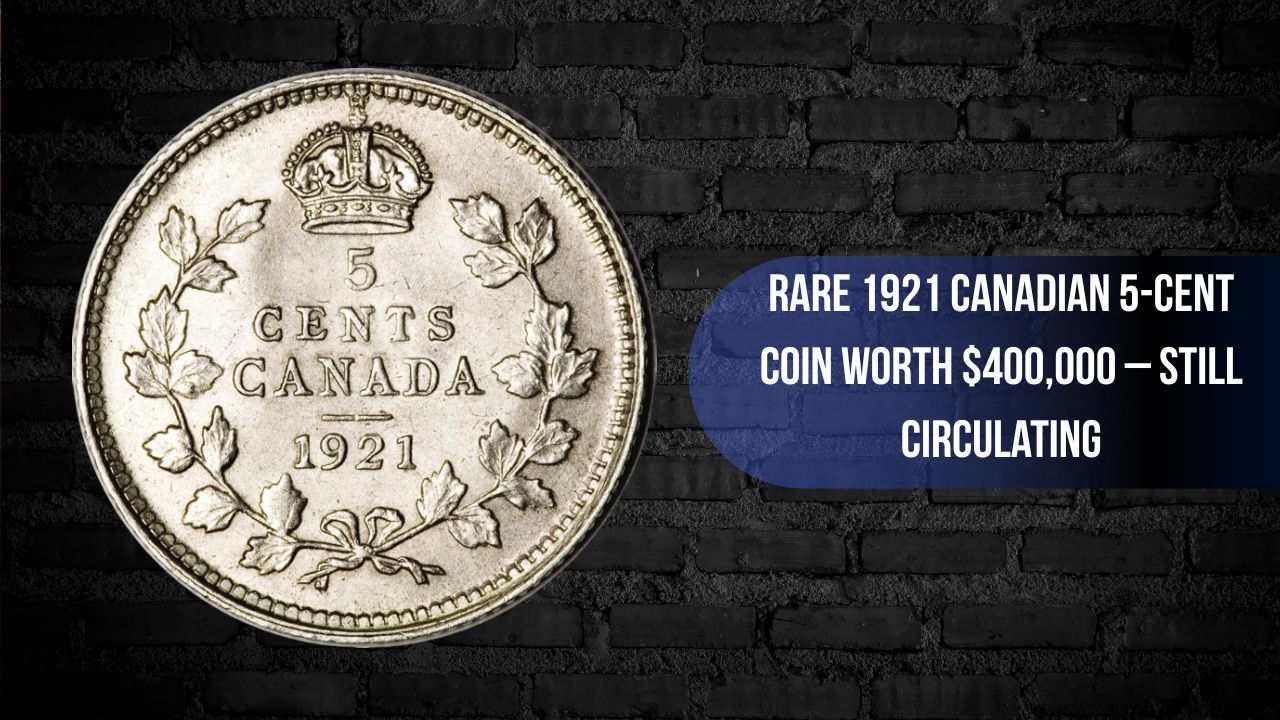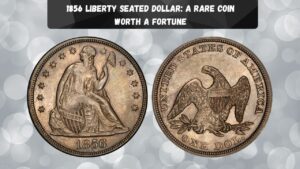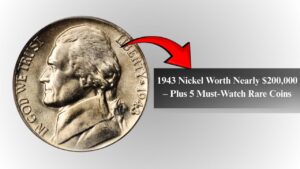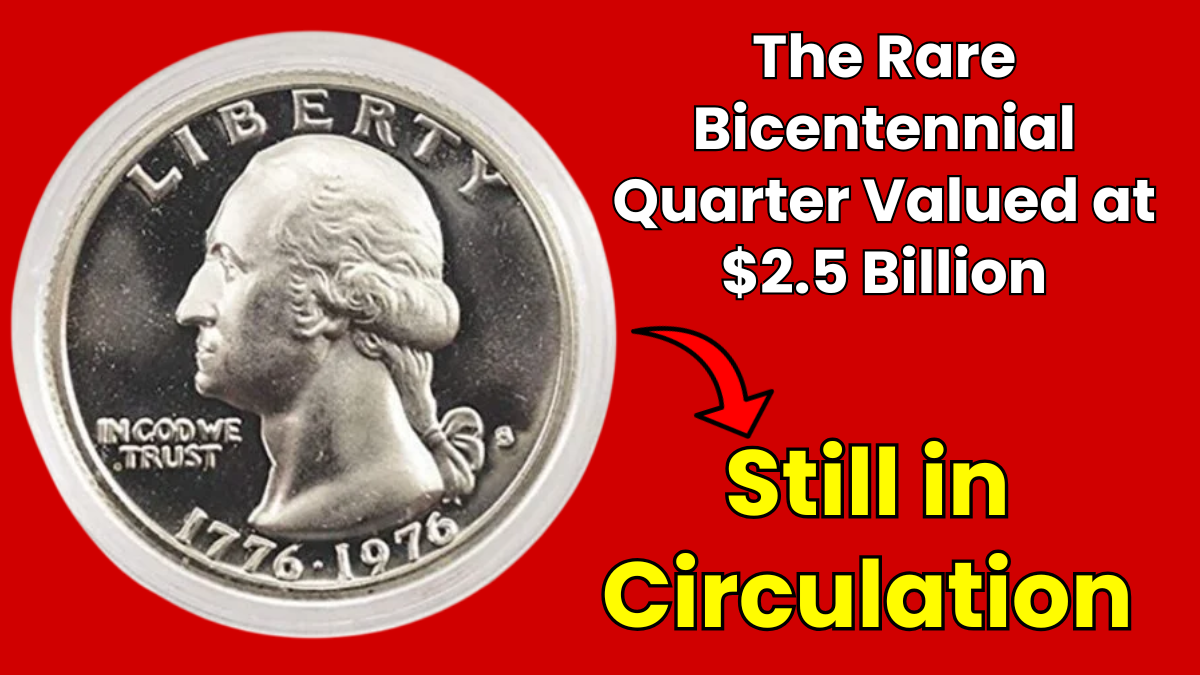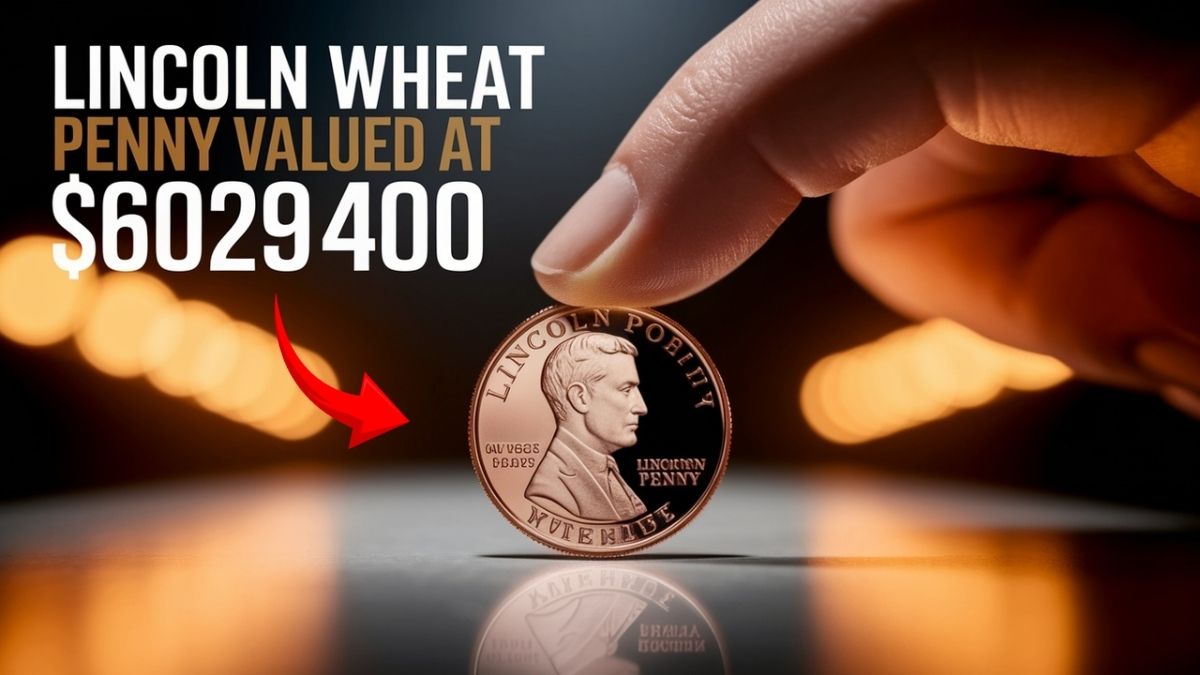Introduction
The 1921 Canadian 5-cent coin, often hailed as the “King of Canadian Coins,” stands as one of the maximum coveted treasures among numismatists. Its rarity and ancient importance have propelled its price to amazing heights, with a few specimens fetching as much as $400,000 at auctions.
This article explores the thrilling records, unique features, and market fee of this remarkable coin.
The Story Behind the 1921 Canadian 5-Cent Coin
The 5-cent piece minted in 1921 become a part of the ultimate 12 months of Canada’s silver 5-cent cash, which have been produced for the reason that 1858. In 1922, Canada transitioned to the bigger nickel 5-cent coins which can be nevertheless familiar these days. That change intended that the Royal Canadian Mint started melting down older silver coins to make room for the new layout and metallic composition.
As a result, out of the approximately 2.5 million 5-cent coins struck in 1921, simplest round four hundred to 450 are believed to have survived. Most have been melted down earlier than ever leaving the Mint. The handful that made it into circulate—or had been stored through ahead-wondering creditors—are now a few of the most sought-after cash in Canada’s numismatic market.
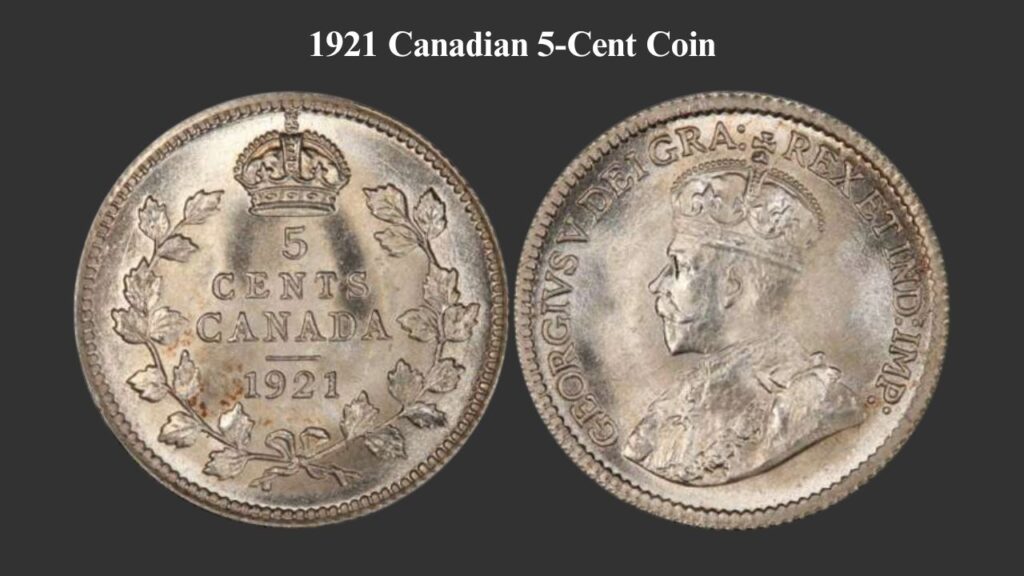
Design and Specifications
The 1921 Canadian 5-cent coin bears:
- Obverse: King George V’s portrait, designed by E.B. MacKennal.
- Reverse: Maple leaf wreath encircling the date and denomination, designed by Leonard C. Wyon.
- Composition: 80% silver and 20% copper.
- Weight: 1.167 grams.
- Diameter: 15.494 mm.
These specifications conform to the standard of Canadian 5-cent silver coins struck during 1920 and 1921.
Why Is It So Valuable?
Several reasons explain why the 1921 Canadian 5-cent piece is worth so much:
- Rarity: It is worth less than 400 known examples, and that is a key driving force.
- Historic Significance: Being the last silver 5-cent coin before the introduction of nickel makes it a key time in Canadian numismatic history.
- Demand from Collectors: The fact that it is a key date coin means it is needed for the completion of a collection of Canadian 5-cent pieces.
- Condition Sensitivity: Highly graded specimens are very uncommon, selling for top dollar at auction.
Market Value and Auction Records
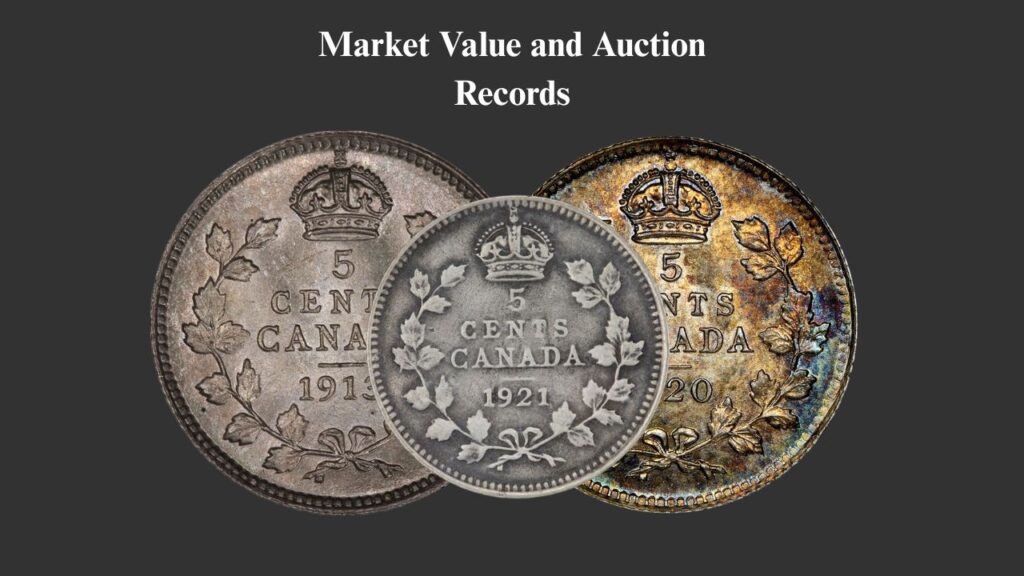
The worth of a 1921 Canadian 5-cent coin is very different depending on its condition and history. Following is a table showing recent auction sales:
| Grade | Auction Date | Realized Price (CAD) | Auction House |
|---|---|---|---|
| AU-50 | April 14, 2023 | $12,980 | Colonial Acres Coins |
| MS-62 | March 24, 2023 | $25,393.75 | TCNC |
| VF-25 | January 18, 2024 | $8,910 | Heritage Auction |
| VF-25 | November 11, 2023 | $8,365 | TCNC |
| VF-20 | May 4, 2023 | $7,200 | Geoffrey Bell Auctions |
These prices demonstrate the coin’s great worth, even in lower grades.
Tips for Collectors
If you’re fortunate enough to come across a 1921 Canadian 5-cent coin, consider the following:
- Authentication: Due to its high value, ensure the coin is authenticated by a reputable grading service.
- Condition Assessment: The coin’s grade significantly impacts its value. Professional grading can provide an accurate assessment.
- Storage: Keep the coin safe in a protective holder to avoid damage.
- Market Research: Keep abreast of current market trends and recent auction results to guide informed decisions.
Conclusion
The 1921 Canadian 5-cent coin isn’t just a tiny piece of silver — it’s a countrywide treasure. With its rich records, wonderful rarity, and jaw-losing value, it stays one of the most coveted coins in Canadian numismatics. Whether you’re a critical collector or just someone with a watch for vintage coins, it’s worth checking your exchange jars and circle of relatives heirlooms. Because someplace out there, this $400,000 nickel could nevertheless be waiting to be discovered.
FAQ’s
How many 1921 Canadian 5-cent cash are recognized to exist?
It’s estimated that fewer than 400 specimens have survived, making it one in all Canada’s rarest cash.
Why were maximum 1921 Canadian 5-cent cash melted down?
In anticipation of transitioning to nickel 5-cent cash in 1922, the Royal Canadian Mint melted down the bulk of the 1921 silver coins to repurpose the steel.
What is the best fee ever paid for a 1921 Canadian 5-cent coin?
While costs range based on circumstance, some excessive-grade examples have fetched up to $25,000 at public sale.
